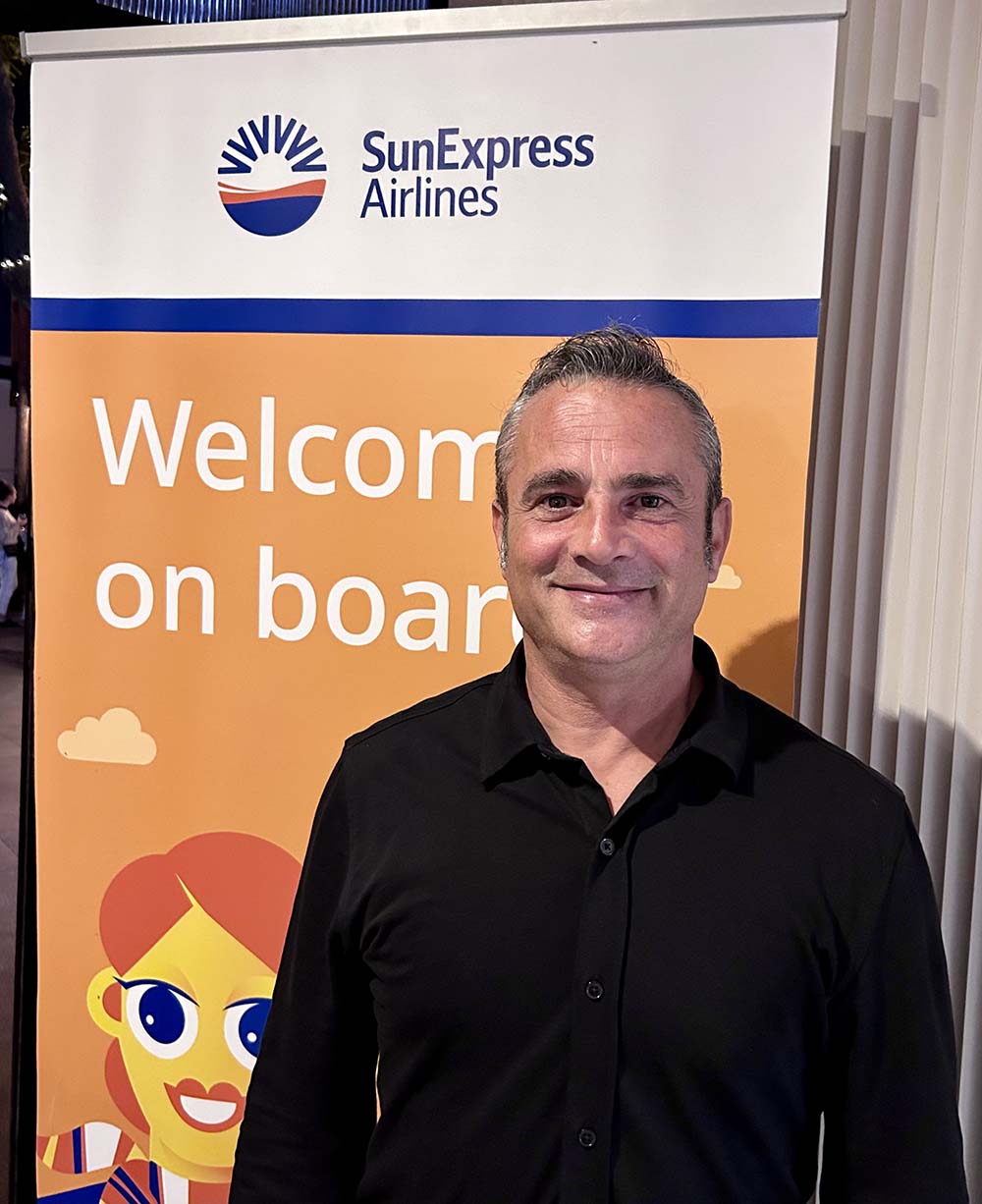
JOHANNESBURG—SunExpress began operating two Boeing 737-800s for South African Airways (SAA) on a damp-lease basis in October. As the leisure carrier, a joint venture between Lufthansa and Turkish Airlines, prepares to grow this partnership, it is building experience and MRO best practices away from its home base.
The airline is operating a temporary crew base in Johannesburg that includes 11 captains, 10 first officers, two technicians and seven cabin crew.
Before starting operations, the team had to prepare for performing necessary maintenance activities far away from the aircraft’s home base in Antalya, Turkey. Two months before starting operations, SunExpress’s continuing airworthiness management organization (CAMO) began material planning together with its maintenance control center and prepared all the necessary aircraft parts to avoid operational irregularities.
"We made quite a comprehensive list for those two aircraft due to the limited material support in South Africa," says Oguz Gezer, maintenance supervisor for SunExpress. Gezer has more than 30 years of maintenance experience on the 737.
As a next step, SunExpress sent a technical team to SAA Technic in Johannesburg before operations began. “We worked on the aircraft part list together and extended it a bit,” adds Gezer.

SunExpress has also temporarily sent two aircraft technicians to South Africa. “We have a great relationship with the SAA Technic team, who performs the maintenance packages,” says Gezer. “We are supporting SAA Technic, and try to explain the maintenance packages assigned to them, giving guidance for possible troubleshooting.”
SunExpress’s CAMO team selected aircraft that were not due for heavy checks any time soon for the damp-lease operations and decided to perform comprehensive maintenance before transferring the 737s to South Africa, to minimize ground time requirements and maximize utilization of the aircraft in operations.
When SunExpress sent the first aircraft to Johannesburg, its cargo belly was completely loaded with spare parts, such as tires and brake units. A total of more than 60 components were sent to South Africa to support smooth operations.
“After the first meeting in Johannesburg with SAA, we realized that we had to calculate more in terms of weather conditions,” says Gezer. “You may think that it is just a summer season operation but you should be ready for strong lightning strikes, rain and bird strikes. That’s why we prepared very carefully for any situation before commencing operations,” Gezer says. “Bird strikes and lighting strikes are different stories and are not easy to prepare for. SAA has three stations in South Africa, which have capability for structural repairs when needed.”
The damp-lease project with SAA was SunExpress’s second experience operating a technical base outside Turkey. It had previously operated a technical base for six months in Hurghada, Egypt. “This was a different environment for us because we have everything in our bases (in Turkey). You have to be well-prepared, in case of any problem,” says Gezer.
Within the scope of the current damp-lease agreement, SunExpress’s aircraft are operating 12 domestic flights per day to Cape Town and Durban from Johannesburg, as well as two daily connections from OR Tambo International Airport in Johannesburg to Chief Dawid Stuurman International Airport in Gqeberha (Port Elizabeth).
SunExpress has signed a memorandum of understanding (MoU) with SAA to support the national carrier’s operations with four aircraft in the 2024-25 European winter season. The MoU is an add-on to the current six-month damp lease agreement, which began in October 2023 and includes the lease of two Boeing 737-800s as well as maintenance and cockpit crew.
The bigger SunExpress’s growth is, the more aircraft will be available to lease out in the European low season between November and March. “Over the next decade, we will more than double our fleet, reaching 150 aircraft by 2033,” says SunExpress CEO Max Kownatzki. “These kinds of partnerships enable us to efficiently utilize our fleet and staff, mitigating seasonality.” He expects that up to 30 aircraft can be offered to the ACMI market.





